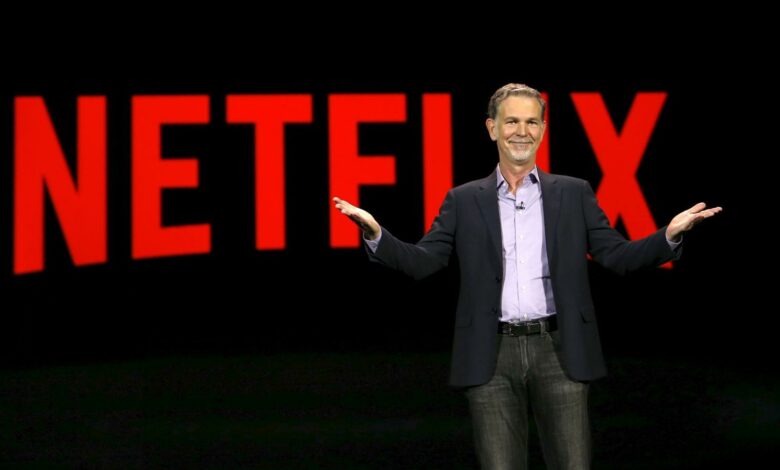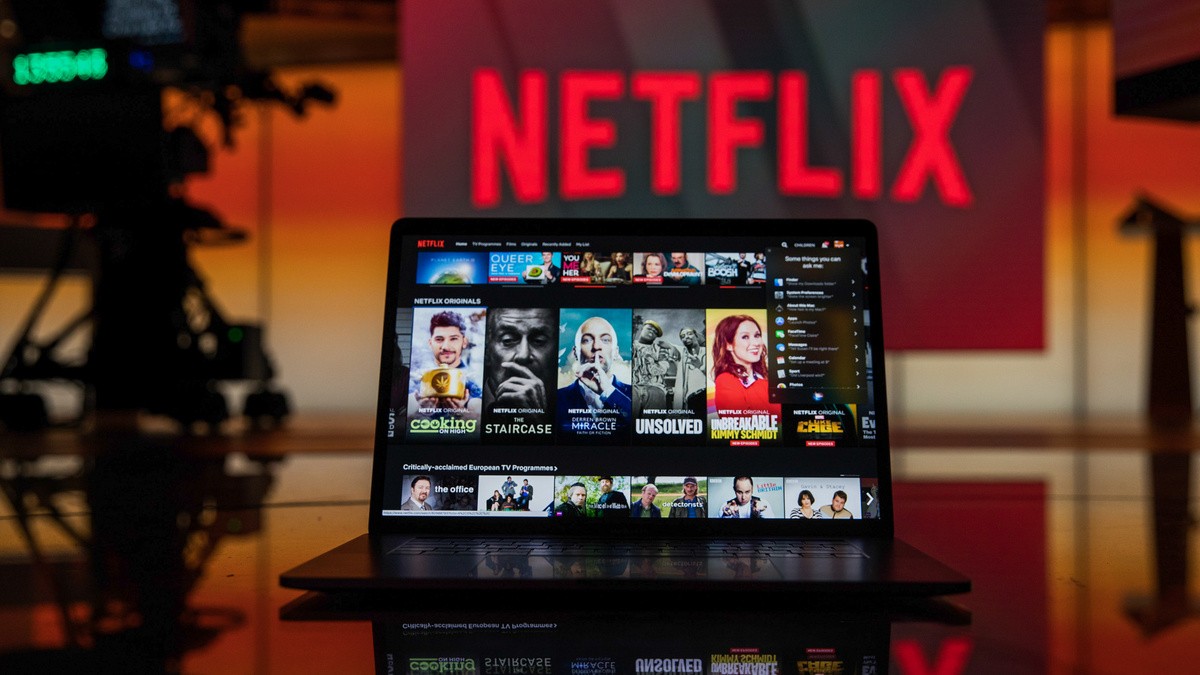
The streaming cynosure service has been a bounteous force across the world. The company, Netflix oversaw emerging opportunities of enhancing its vehemence in countries. In 2016, Netflix Inc. gained momentum in its global expansion plans by integrating its streaming services to India and other 130 countries. It got bolstered by shifting its consumer techniques in India as it contemplated making it a humungous avenue. India, being the second-most populous country in the world, has attracted exponential numbers of investors. An investment of this kind by an international conglomerate in the streaming service field was the first-ever propulsion adopted in India for a long.
The aggressive strategy adopted by India revolved around its extension plan coupled with the sluggish domestic progress that was hampering the company’s growth. Before 2016, Netflix had expanded its streaming service across 60 countries, and the plan is under the global push to become a vigorous stature in the world. US Government restrictions on the regulation of the American-based companies did not allow Netflix to run in secretive countries like China, North Korea, and Syria. But with India, the restrictions got wavered as the growth opportunity got given the benefit of the doubt.
 Momentarily, the growth plan in India strategized around tweaking the content creation. Following its inauguration in India, the content genesis was US-based, and it had to ramp up the strategies to make the inception a success. The argument arising during the time was about how India’s customers would prompt their interests in the global competitive market of streaming services. The synopsis of the online video ecosystem got divulged in 2015. Eros Now and Hotstar were the ones who brought the culture of free on-demand video to India, and the concept got visualized as a revolutionary change by many. It was a matter of time until Netflix gauged the platform with its worldwide intriguing streaming service, and finally, it did.
Momentarily, the growth plan in India strategized around tweaking the content creation. Following its inauguration in India, the content genesis was US-based, and it had to ramp up the strategies to make the inception a success. The argument arising during the time was about how India’s customers would prompt their interests in the global competitive market of streaming services. The synopsis of the online video ecosystem got divulged in 2015. Eros Now and Hotstar were the ones who brought the culture of free on-demand video to India, and the concept got visualized as a revolutionary change by many. It was a matter of time until Netflix gauged the platform with its worldwide intriguing streaming service, and finally, it did.
Netflix plans in India started at Rs. 500 per month. The growth plan got diversified into three different categories, with the other two being Rs 650 and 800 per month, respectively. The Reserve Bank of India‘s policy that got amended in 2014 allowed the e-payments to get mandated without the involvement of credit cards. It boosted the initial interest as people were converged to make convenient payments online.
The propaganda of saving the card details without the mandate requirement of an OTP or an I-PIN has made the accessibility to Netflix accounts much more feasible. Keep it kosher, the philosophy adopted in India by Reed Hastings, the billionaire and co-founder of the global streaming service platform Netflix Inc. The company’s envisionment was enlightened, and India’s plan lighted up with the emerging success over the years.
When Netflix Inc. started its convergence in India back in 2016, the year-on-year revenue assumptions were on a record high, and it got validated by Reed Hastings comment during the time. “We’ve been growing our covergae every year. We’ve been trying our level best to build a our team, developing content, figuring out what’s intriguing, whether that’s is Sacred Games, or AK vs AK, you know, just lots of different diversifications of content,” Reed Hastings claimed in an interview with Fortune India over a Zoom call. The strategical shift in human behavior was acknowledged when the company planned to initiate a different content creation genesis related to India.

Around the foray of its underpinning received by India over the past five years, Hastings said that its entry in the domestic markets was fortunate. The transformation of the Indian internet community has served Netflix the world of good. Without the apprehension of a competent and reliable connection, India couldn’t have acquired the prognosis of millions of customers in the dynamic world. “The Indian change of stance in network connectivity is phenomenal due to the upheaving demand of more advanced technology. In hindsight, our business model probably could not have worked a decade earlier,” he says.
Because the local competition from Youtube and Amazon was going to be a compelling factor in deciding the growth charts, the Indian-generic advanced content creation policy was adopted. And that too in local languages seemed to a process revocation by Netflix co-founders and owners.
“It’s just like all great opportunities. It’s a withstanding propoganda, and it’s a stimulation of further growth . And we think it’s worth it. That’s why we’re investing massively and trying to be worthy of the competition rising in India. I think we will be able to see those kinds of results that we’ve seen in other places in the world as we continue to grasp more knowledge about the consumer trends,” he said during the interview to the news outlets.

Netflix’s Path to Success in Indian Contingent
The generational thought process was evolved when Netflix decided to refurbish its pricing policy in India. The vast majority of the population in India were accustomed to watching the series or TV shows on their mobile phones with the invention of the 4G networks, which give the customers a feasible option.
It reduced its starting plans to just Rs 199 per month, making it a platform with a wide coverage of languages and coerced the industries to move into a smarter generation. So far, Netflix has been on the history-making rise in India, and there is no denying that the country has seen an average rise in hours spent on the streaming service platform.
According to a report refurbished or retracted by the news journalists, India will be the fastest emerging economies in the OTT industry, rising to 28.5 CAGR during the 2019-2024 period. What has revolutionized OTT’s surge in India, and especially platforms like Netflix and Amazon Prime Video? In today’s scenario, when India is suffering from the unprecedented repercussions of the Covid-19 pandemic, people have sought to make valuable hours on the OTT platforms. And that is the eminent reason for Netflix’s supremacy across the country.
The specifications in the content creation field and more emphasis on the regional dialogue have left Netflix’s position untethered for a decade from now, presumably. There’s this huge gulf of potentially 400 million-500 million people., which have surpassed the other streaming services by a large margin—of whom Netflix already touches more than 200 million—who want to watch entertaining, quality content. It has a fairly sizeable ad-supported business, and the revenue projections have been appealing than the rest ever since Netflix arrived in the Indian domain.
The vogue that Netflix has gained over the past few years in India has got driven because of its pricing experiments and more regional-driven content providing opportunities to the production houses to launch their moves through the OTT platform. The condescending effort to make it big within the domestic circuit has attracted customers. Netflix India has mesmerized within the echoed hearts of people, and they are captivated by further plans getting adopted by Netflix to raise its consumer engagement across every delusional sector in India.




